Tuesday, 01 December 2020
BIMTEK SIPPD Scope of Bappeda East Kalimantan
Samarinda, 5/3/12. Head of Program Planning Sub-Division, East Kalimantan Bappeda, Ir. Surono provided general introductory directions regarding the benefits of 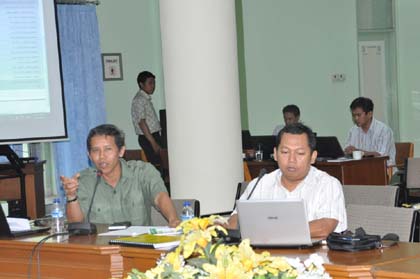 implementation of BIMPTEK SIPPD prior to implementation of Regional Development Planning Information System Technical Guidance (BIMTEK SIPPD), in the Basic Pattern meeting room, first floor of Bappeda Kaltim, Jl, Kusuma Bangsa Number 2 Samarinda.
implementation of BIMPTEK SIPPD prior to implementation of Regional Development Planning Information System Technical Guidance (BIMTEK SIPPD), in the Basic Pattern meeting room, first floor of Bappeda Kaltim, Jl, Kusuma Bangsa Number 2 Samarinda.
BIMTEL SIPPD resource person Ali Mujib, S.Kom., MM provided technical knowledge transfer to participants who attended approximately 30 people from the East Kalimantan BAPPEDA environment. This technical guidance is specifically aimed at SIPPD operators within the East Kalimantan BAPPEDA.
Technically, SIPPD is a tool that will assist Bappeda in the process of preparing RPJP, RPJMD and RKPD which includes the Strategic Plan and Work Plan for each SKPD. In preparing the RPJMD, a system is needed that is able to maintain the process of adjusting the activities carried out by each SKPD so that they are always in line with the Vision and Mission of the Regional Head.
At a practical level, the conventional development planning mechanism (recapitulation of program/activity proposals and synchronization with manual budgeting) has many weaknesses related to regulations (account code system), ability to support synchronization of planning with budgeting, inability to prevent overlapping proposals, limited desired data output (looking at recapitulation of proposals and budget assignments and various perspectives, both sectoral and spatial).
These weaknesses cause delays in the recapitulation and compilation of proposals, so that the preparation of the General Budget Policy (KUA) and Temporary Budget Priorities and Ceilings (PPAS), which are the output and planning process at Bappeda, is behind schedule. Furthermore, this caused the preparation of the East Kalimantan Provincial APBD Draft to be behind schedule which had an impact on activities, so that it could not be implemented at the beginning of the fiscal year.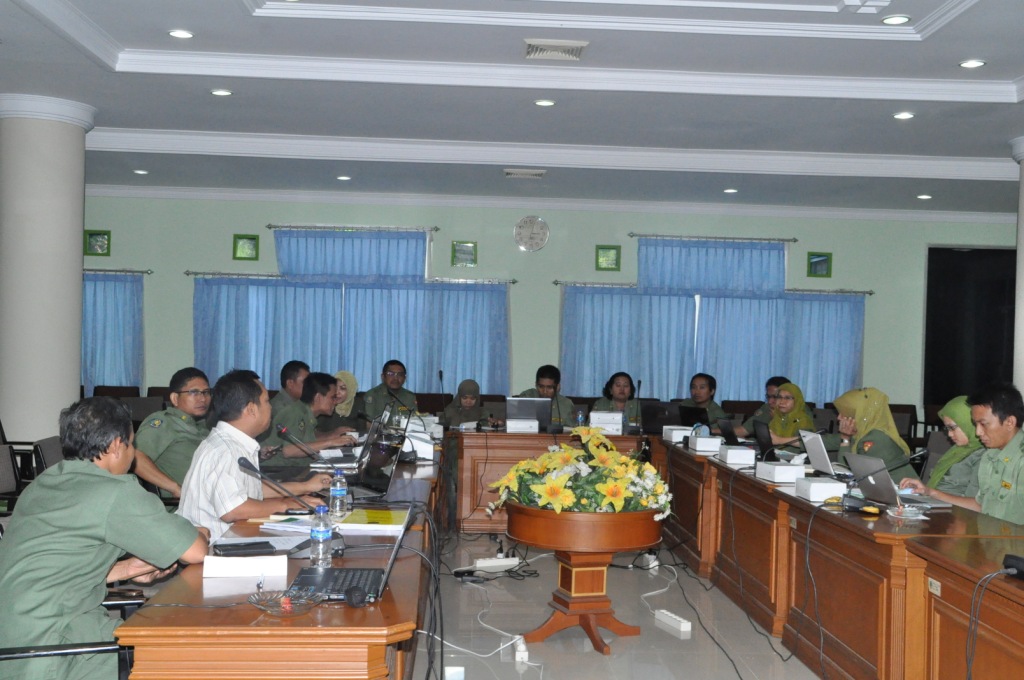
Information systems have developed along with the very rapid development of information technology and have proven to play a very important role in economic activities and development strategies. The existence of information systems supports the performance of increasing efficiency, effectiveness and productivity of government organizations, the business world and encourages the realization of an advanced and prosperous society. The information system that is needed, utilized and developed for regional development needs is an information system that is primarily directed at supporting regional development planning.
The development of Information Technology (IT) and the internet have become powerful tools for rethinking government systems with new models. Information technology and the internet are encouraging the transformation and paradigm of traditional bureaucracy (which emphasizes standardization, routine, specialization, internal focus and authority), towards the e-government paradigm (which emphasizes building coordinated networks, external cooperation and service orientation to customers/society as its focus). So IT becomes one of the main elements in improving government managerial systems.
IT and internet-based government systems (e-government) provide many benefits for all parties, including government organizations, between government organizations, between business organizations and society at large. So that all parties can search for and find out information and carry out transactions with local government agencies anytime and anywhere without being limited by space and time.
This is in line with Law No. 25 of 2004 concerning the National Development Planning System which aims to support coordination between development actors; guarantee the creation of integration, synchronization and synergy both between regions, between spaces, between times, between government functions and between the Center and the Regions; guarantee linkage and consistency between planning, budgeting, implementation and supervision; optimize community participation and ensure the achievement of resource development in an efficient, effective, equitable and sustainable manner.
The complexity of the affairs and actors involved requires the government to immediately carry out the transformation process towards e-government. Through this transformation process, the government can optimize the use of advances in information technology for bureaucratic organizational barriers, as well as form a network of management systems and work processes that enable government agencies to work in an integrated manner to simplify access to information and public services that must be provided by the government.
The existence of the Regional Planning Information System (SIPPD) is expected to be able to organize various aspects of development planning data in an integrated and comprehensive manner, both in structure, type and format of data for development planning. (Public Relations of BAPPEDA East Kalimantan/Sukandar, S.Sos).



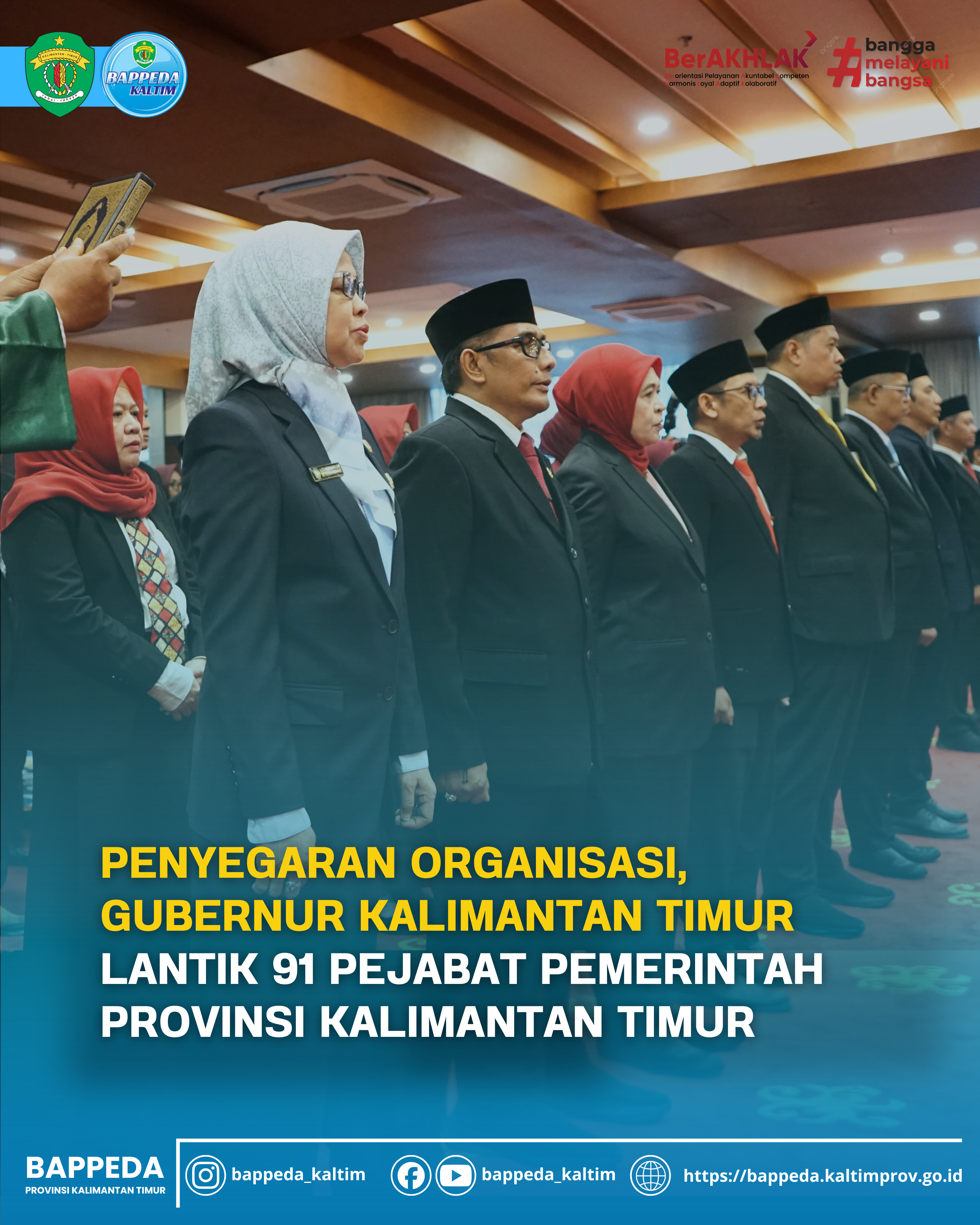
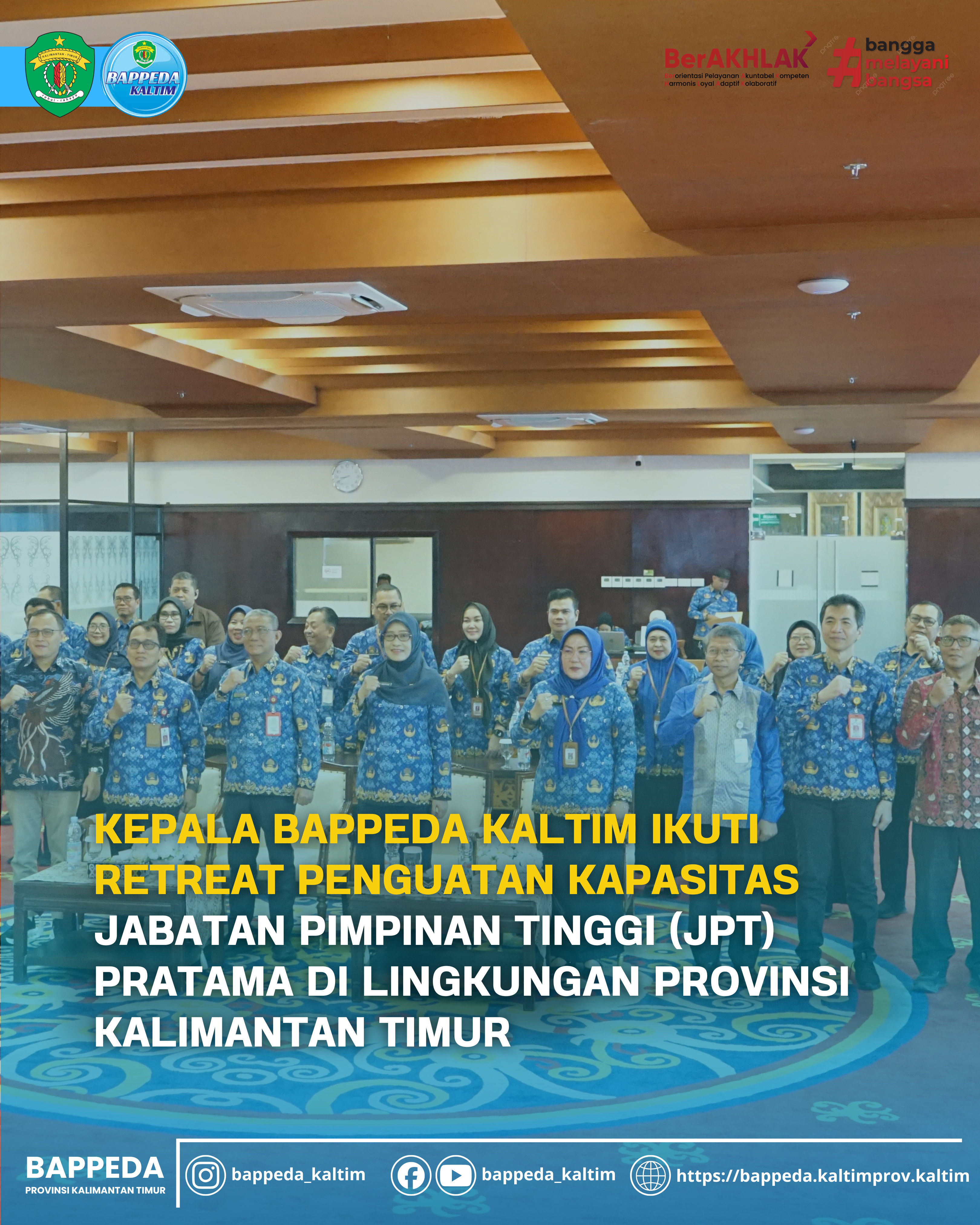
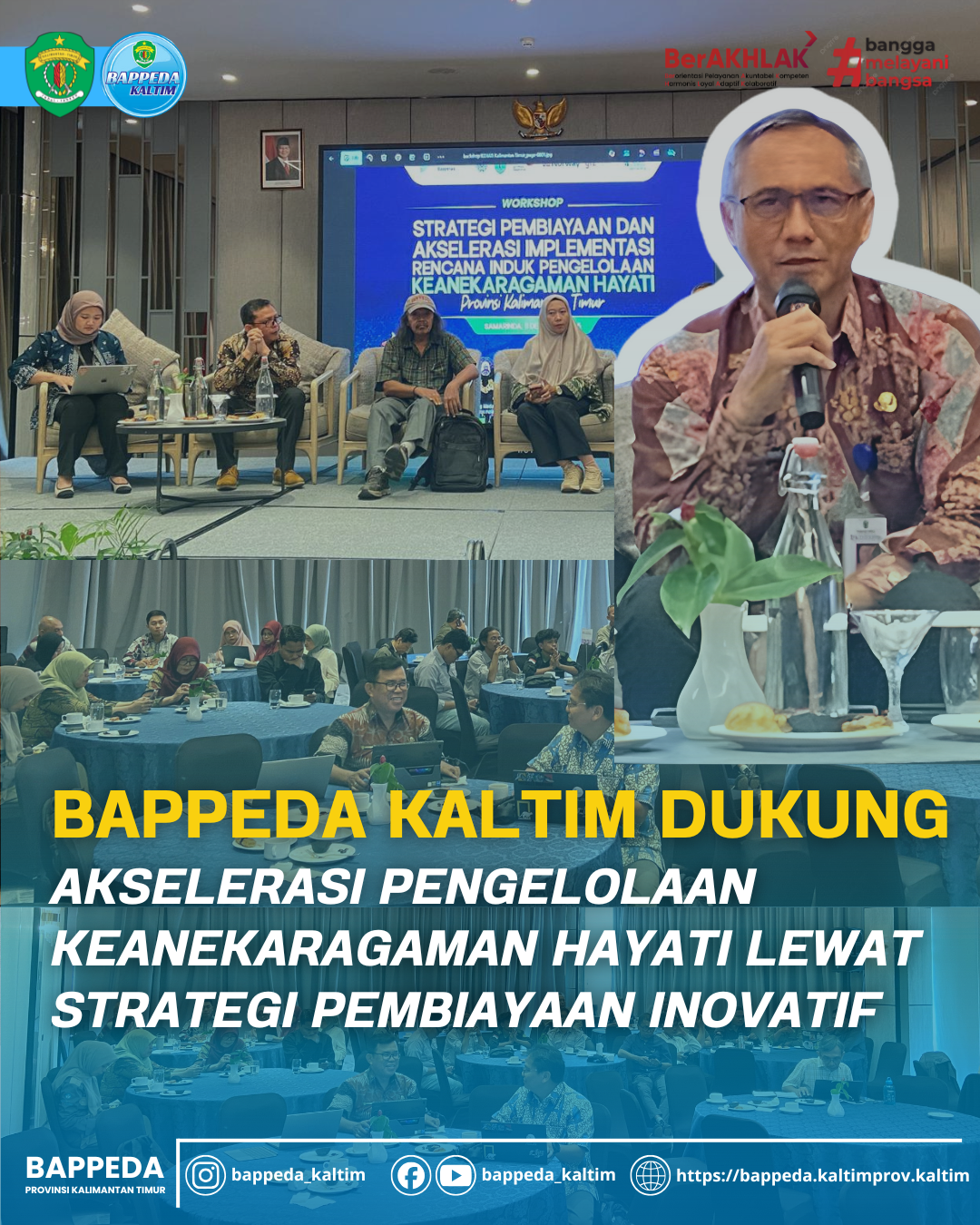
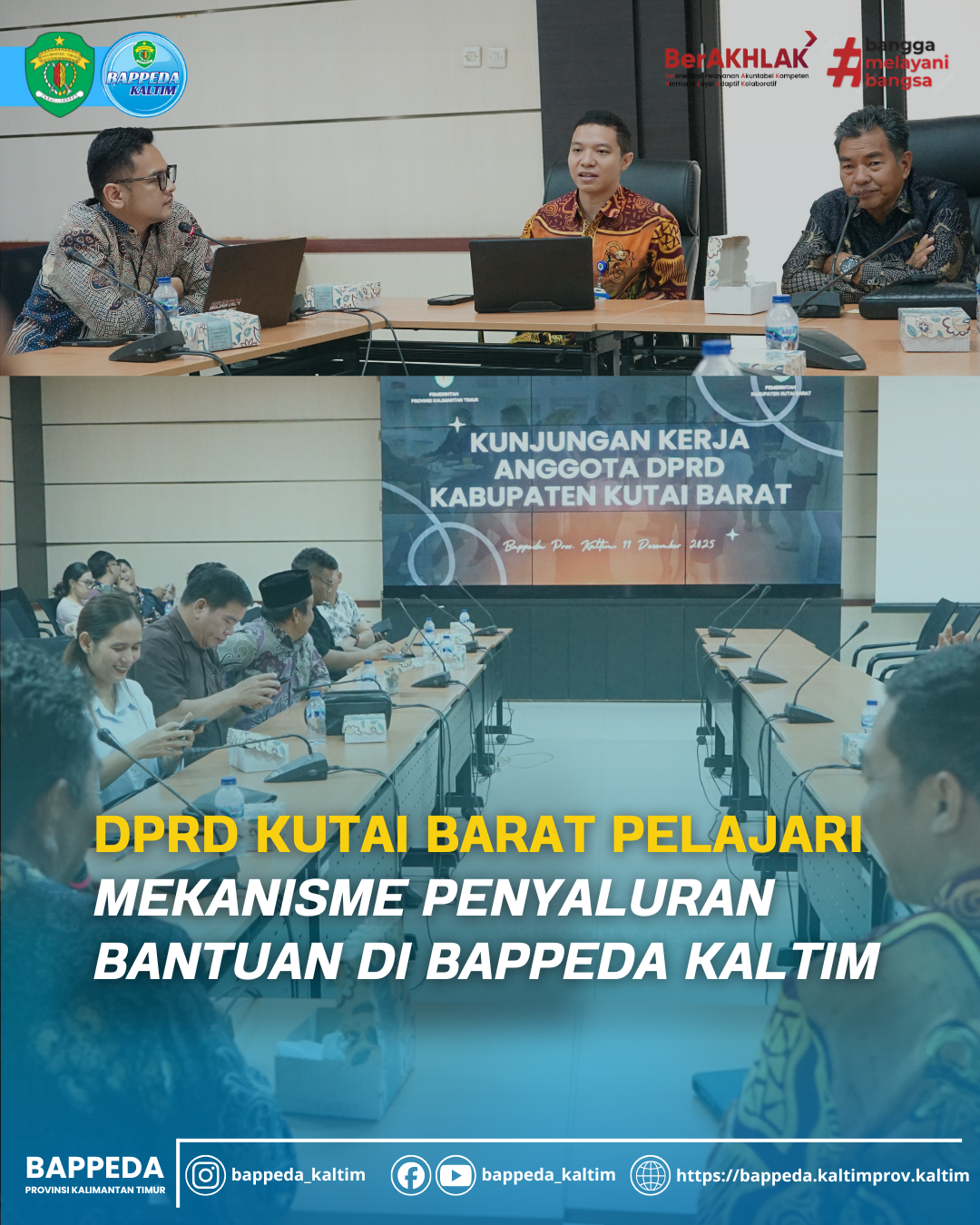
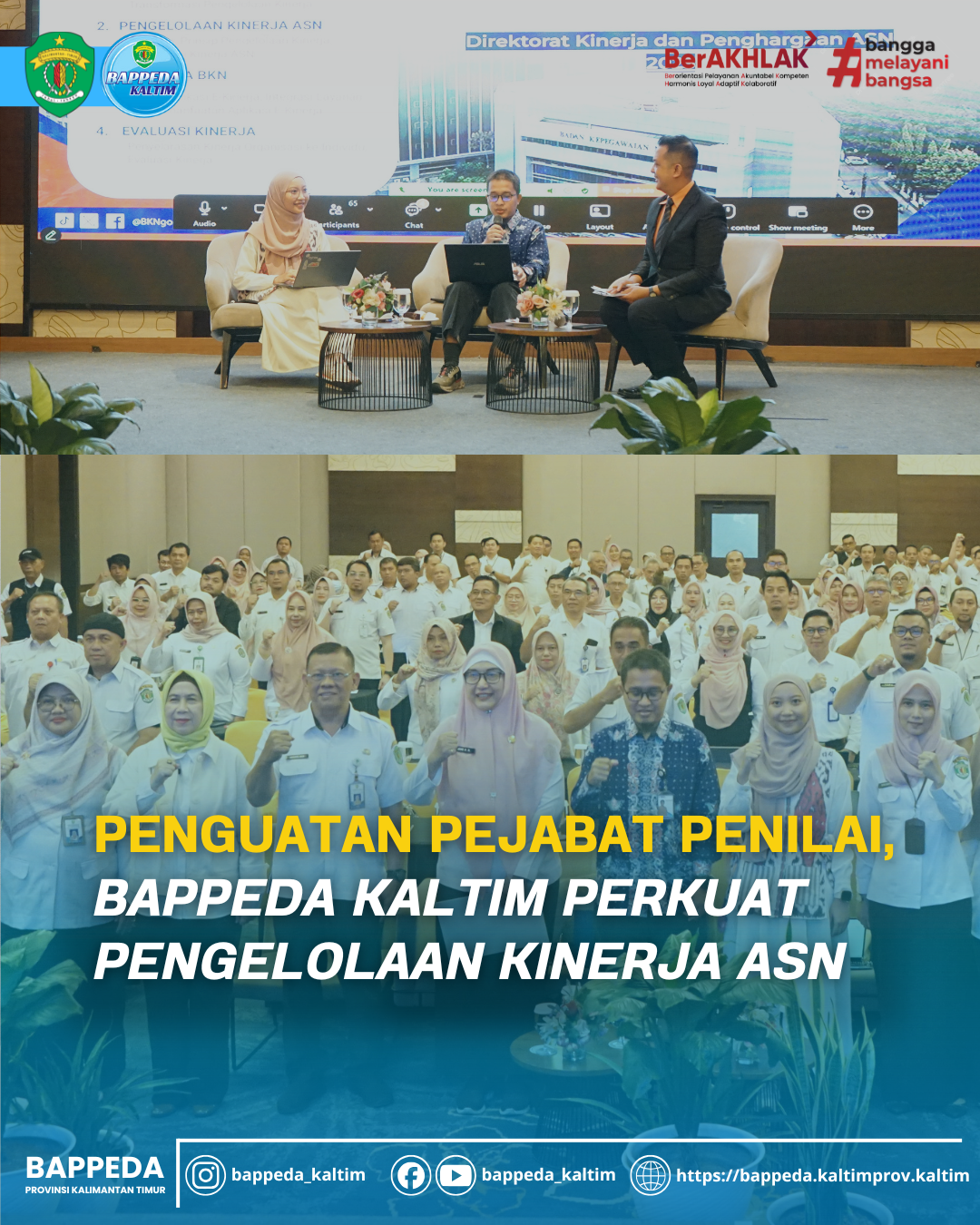

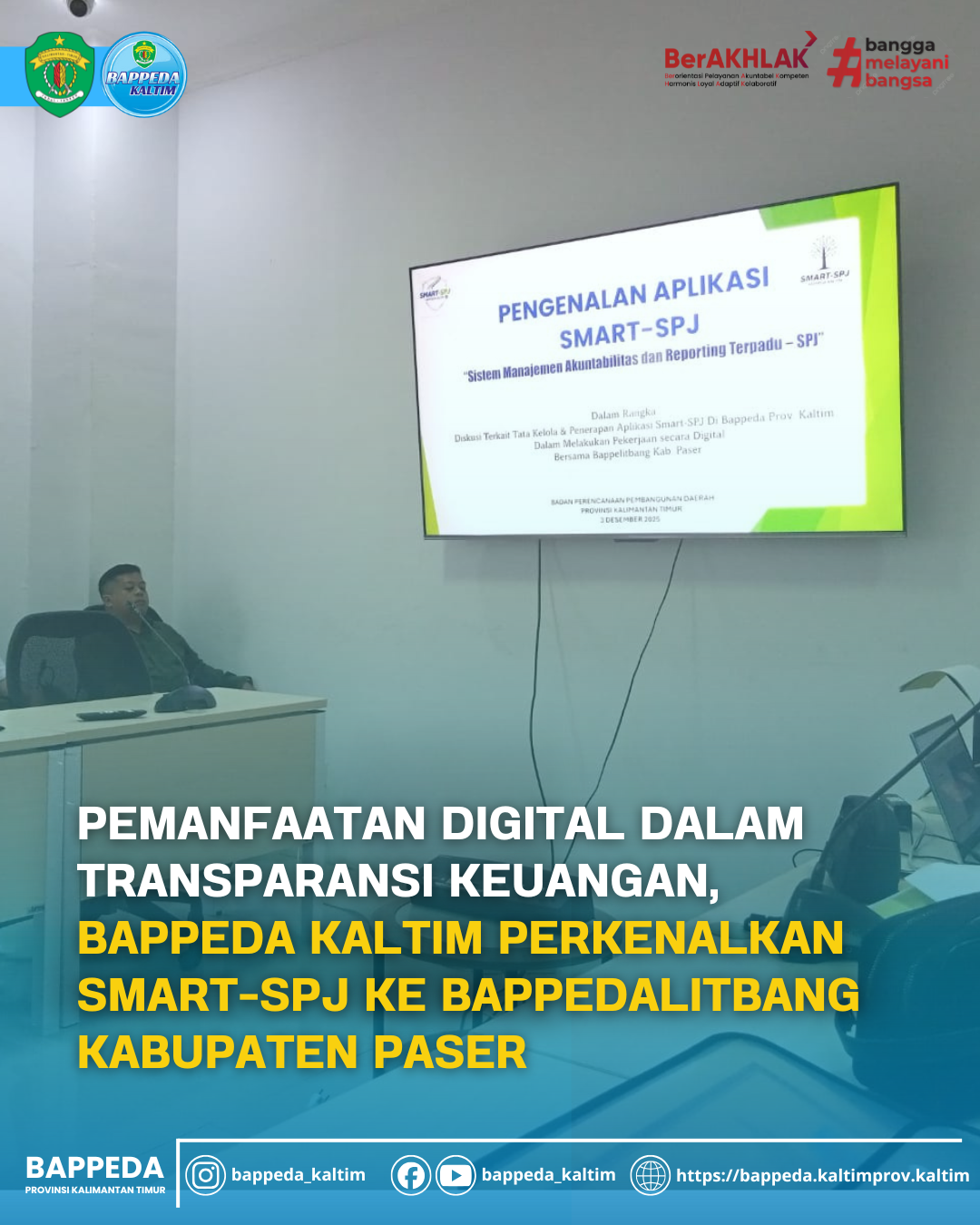
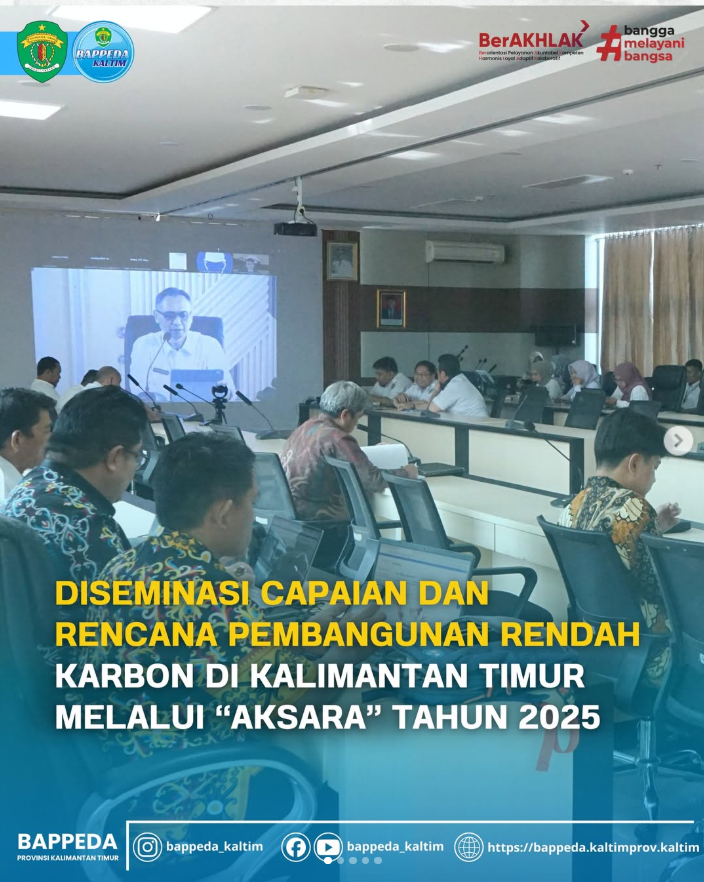



 implementation of BIMPTEK SIPPD prior to implementation of Regional Development Planning Information System Technical Guidance (BIMTEK SIPPD), in the Basic Pattern meeting room, first floor of Bappeda Kaltim, Jl, Kusuma Bangsa Number 2 Samarinda.
implementation of BIMPTEK SIPPD prior to implementation of Regional Development Planning Information System Technical Guidance (BIMTEK SIPPD), in the Basic Pattern meeting room, first floor of Bappeda Kaltim, Jl, Kusuma Bangsa Number 2 Samarinda.


